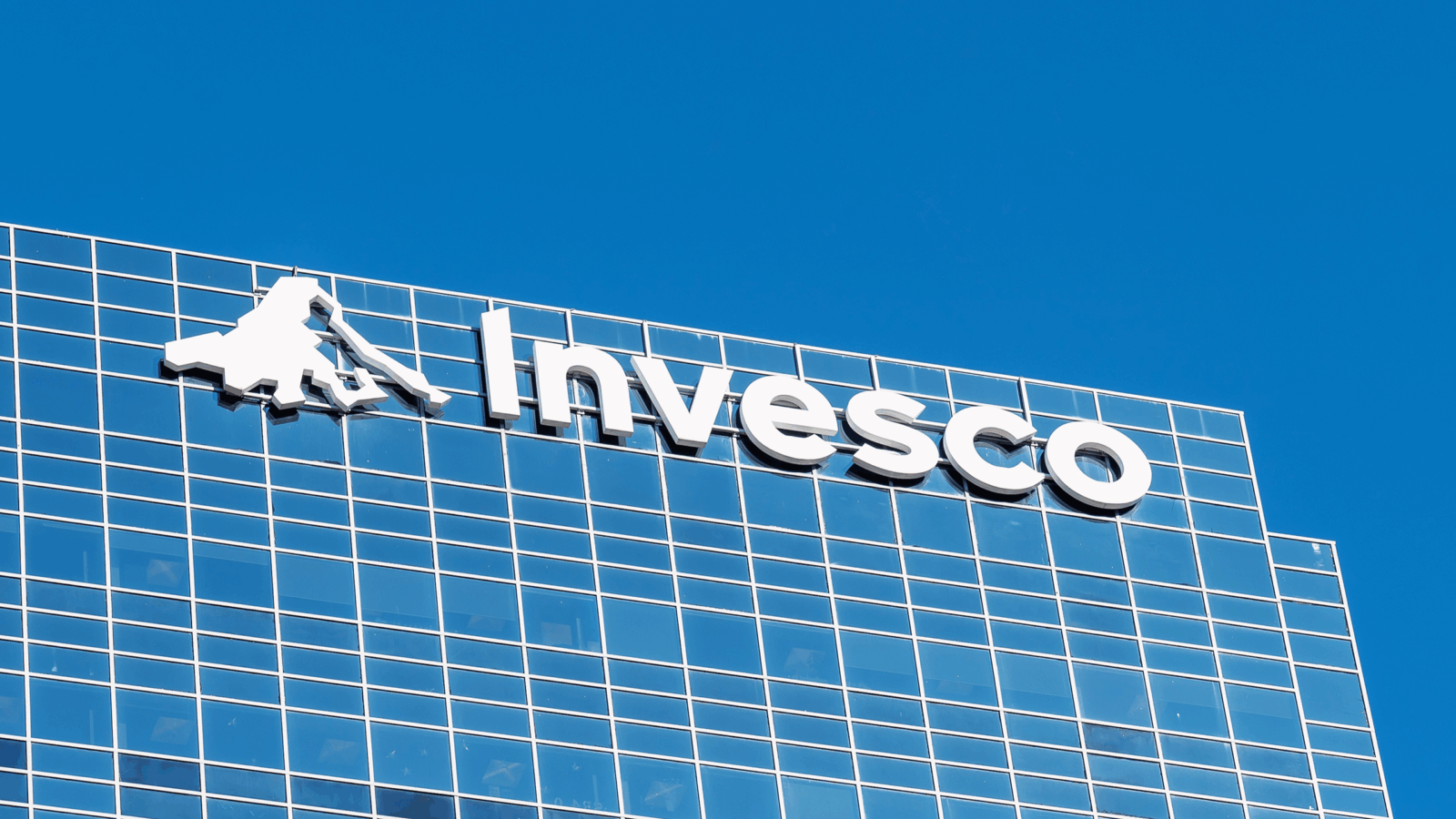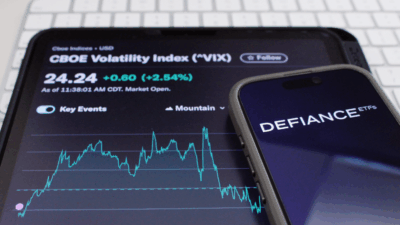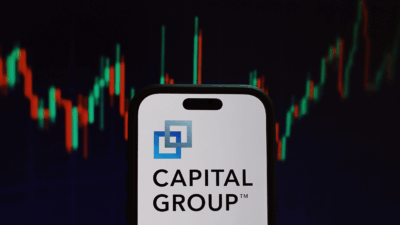Alt-Rock Generation Vibes With Alternative ETFs
Millennials and advisors are leaning into nontraditional investments that help diversify their portfolios.

Sign up for exclusive news and analysis of the rapidly evolving ETF landscape.
Remember when “alternative” was just a catchall for ‘90s rock? Picture the JNCO jeans and Airwalk sneakers, and recall the ubiquity of Pearl Jam on the radio. Those were the days.
Now, “alternatives” have a different meaning for millennials. They may be just as likely to have allocations to bitcoin ETFs as they are to have a Nirvana or Green Day station queued up on Spotify. Two-thirds of the cohort reportedly have investments in alternatives, and many say that ETFs make them better investors, according to data published Monday by State Street Global Advisors. “As the market absorbs tariff impacts and ongoing uncertainty, questions around risk, diversification, and access to liquid, flexible investment tools are front and center,” State Street Chief Business Officer Anna Paglia said in a statement.
When I Come Around to ETFs
Alternatives are a popular investment category across generations, but they stand out with millennials. While 46% of baby boomers and 56% of Gen Xers said they invest in alts, some 69% of millennials do so, according to State Street’s survey, which included 500 investors and 200 financial advisors. Overall, 65% of investors with at least $250,000 said ETFs help improve performance, up from 59% who said so in 2022. And 62% said ETFs make them better investors, up from 54% who agreed with that statement in 2024.
Data from State Street also show:
- Half of advisors manage portfolio risk by allocating to alternative investments.
- Seventy-nine percent said they plan to increase allocations to alternative ETFs over the next year or so.
- Assets in alternative ETFs reached nearly $149 billion by the end of 2024, compared with $28 billion in 2022.
ETFs In Bloom: Advisors are warming up to ETFs as the industry matures. Data from Cerulli Associates show 37% of assets at independent RIAs allocated to ETFs, compared with 29% at hybrid RIAs, 18% at wirehouses, and 16% at independent broker-dealers. “The diversification and innovation in ETFs are largely a win for investors when used thoughtfully, particularly as people seek targeted solutions in complex markets,” said Craig Toberman, partner at Toberman Becker Wealth. But the deluge of single-stock and niche ETFs can be dangerous. “A simple test I often share with clients is: Would this investment still make sense if the markets were closed for five years?” he said.
A positive development in the industry has been strategies reminiscent of hedge funds, such as capital efficient and managed futures ETFs, said Bryan Minogue, founder of Kardinal Financial. “Now ETF investors have excellent options to help build more diversified portfolios for inflation environments where traditional stock and bond investments tend to struggle,” Minogue said. Meanwhile, the decade-long bull market may have encouraged excessive risk-taking with gimmicky products, said Noah Damsky, principal at Marina Wealth Advisors. “Boring is better,” he said. “Investing shouldn’t be exciting.”











